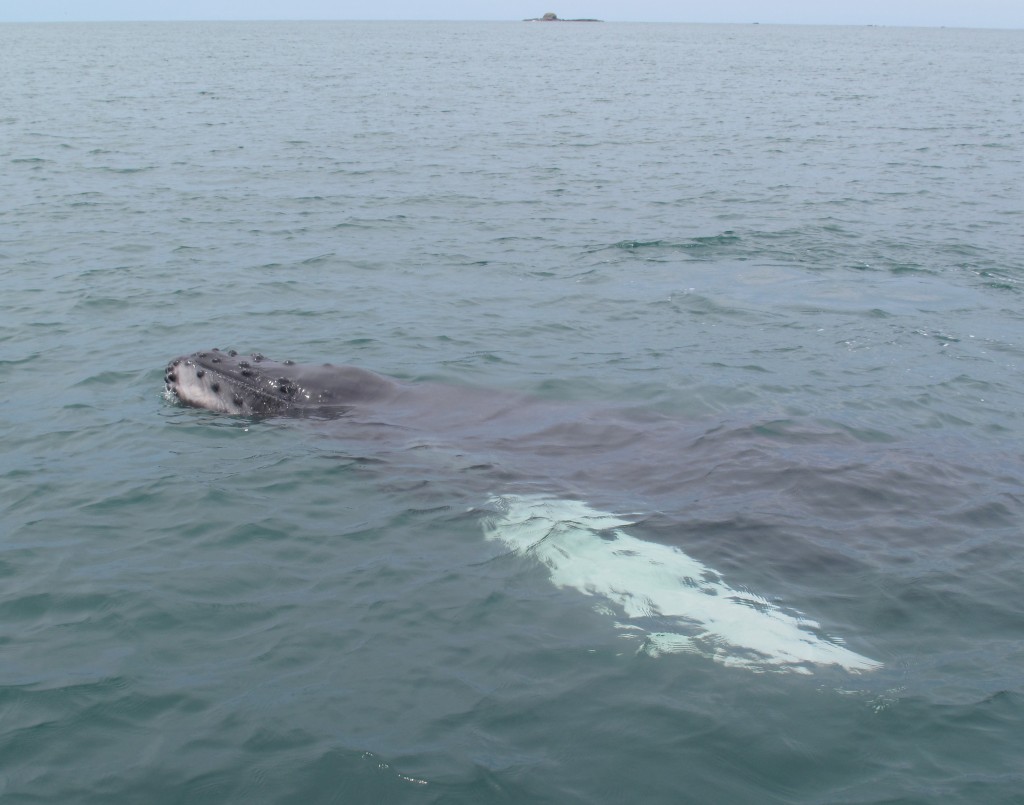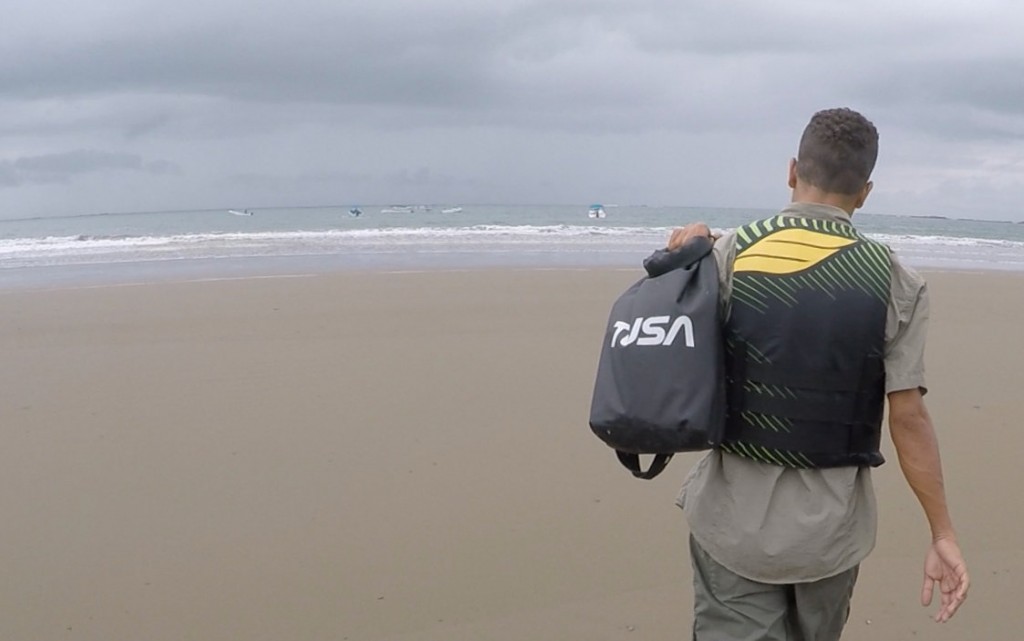This weekend marks the third and final weekend of the 7th Annual Festival of Whales and Dolphins. Each weekend over a thousand tourists have come to Bahia Ballena to venture out on a boat and watch these incredible creatures.
These whales arrived mid-July from their home in the Antarctic waters. Southern humpback whales number around 3,000. They migrate to the warmer waters off the coast of Costa Rica to have their calves. While they are here, the mothers teach their calves how to surface for air and how to breach, the awe-inspiring behavior that is spectacular to see.
This season, guides and captains are using their mobile devices to record the whale sightings. In the previous three years, GPS units were used. With smart phones becoming more popular, we were able to shift monitoring and data collection to mobile devices.
Using Esri’s Collector App, nine guides and captains are participating in this year’s monitoring of whales from the Southern hemisphere. (Four others use GPS units on the boats). Collector enables offline data collection, meaning the data capture doesn’t use minutes to capture and collect the data, an extremely important factor. Once back on land and done for the day, guides and captains connect to a wifi location and serve up their data.
The ability to collect data with mobile devices has enabled the map to be updated on a daily basis. Check out the work of Bahia Ballena’s guides and captains in their live map of the whale and other cetaceans.
These whales will remain here until about mid-October, when the calves are strong enough to make the journey back south.



